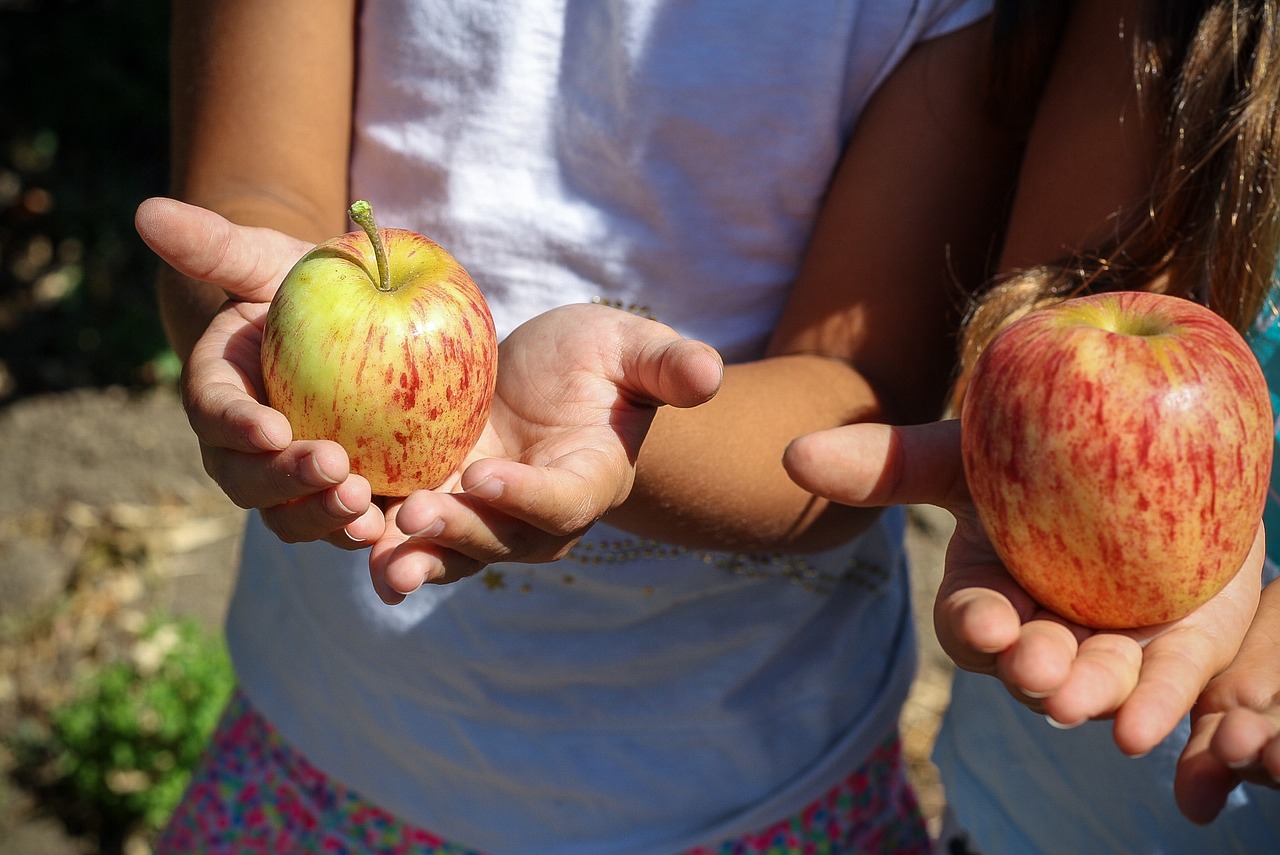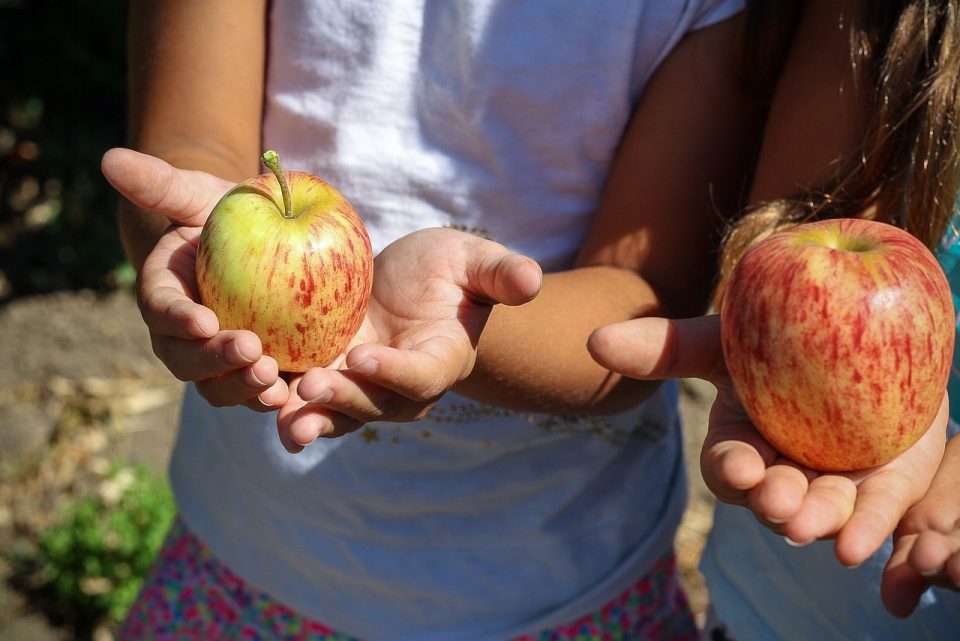
In recent years, the gluten-free diet has become increasingly popular among individuals looking to shed a few extra pounds. While originally intended for those with celiac disease or gluten intolerance, many people have turned to gluten-free meal plans as a way to slim down and improve their overall health. But does eliminating gluten really lead to weight loss? In this article, we’ll explore the science behind gluten-free diets and how they can be used as an effective tool for weight loss. So, grab a gluten-free snack and let’s dive in!
1. “Ditch the Gluten, Shed the Pounds: The Benefits of Gluten-Free Meal Plans”
Gluten-free meal plans have gained immense popularity in recent years, and for good reason. Not only do they offer numerous health benefits, but they can also help you shed those stubborn pounds. Here are just a few of the benefits of adopting a gluten-free diet:
- Improved Digestion: Gluten can be difficult for some people to digest, leading to bloating, gas, and other digestive issues. By eliminating gluten from your diet, you may notice improved digestion and less discomfort after meals.
- Increased Energy: Many people report feeling more energetic after switching to a gluten-free diet. This may be due to the fact that gluten can cause inflammation in the body, leading to feelings of fatigue and sluggishness.
- Weight Loss: Going gluten-free can also help you shed excess pounds. This is because many gluten-containing foods are high in calories and low in nutrients, making them a poor choice for weight loss.
Of course, it’s important to note that not all gluten-free foods are created equal. Many gluten-free products are highly processed and may contain added sugars and unhealthy fats. To reap the full benefits of a gluten-free diet, it’s important to focus on whole, nutrient-dense foods like fruits, vegetables, lean proteins, and healthy fats.
2. “Slimming Down with Gluten-Free: How to Make the Switch”
Switching to a gluten-free diet can be a great way to slim down and improve your overall health. Here are some tips to help you make the transition:
- Start with whole foods: Focus on eating whole, unprocessed foods like fruits, vegetables, lean proteins, and gluten-free grains like quinoa and brown rice. These foods will provide your body with the nutrients it needs to function at its best.
- Read labels: Gluten can be hidden in many foods, so it’s important to read labels carefully. Look for foods that are labeled “gluten-free” or “certified gluten-free” to ensure that they are safe to eat.
- Avoid processed foods: Many processed foods contain gluten, so it’s best to avoid them altogether. Stick to whole foods as much as possible.
Remember that going gluten-free is not a magic solution for weight loss. It’s important to focus on eating a balanced diet and getting regular exercise in order to achieve your weight loss goals. However, eliminating gluten from your diet can be a great way to improve your overall health and feel better in your body.
- Experiment with new foods: Going gluten-free doesn’t mean you have to miss out on delicious food. There are plenty of gluten-free options available, so don’t be afraid to try new things.
- Plan ahead: It can be challenging to find gluten-free options when you’re on the go, so it’s important to plan ahead. Pack snacks and meals to take with you when you’re out and about.
- Don’t be too hard on yourself: It’s normal to slip up and accidentally eat something that contains gluten. Don’t beat yourself up over it. Just get back on track and keep moving forward.
3. “Gluten-Free Meal Plans for Weight Loss: A Comprehensive Guide”
When it comes to weight loss, a gluten-free meal plan can be a great option for those who have celiac disease or gluten intolerance. However, it’s important to note that just because a meal is gluten-free doesn’t necessarily mean it’s healthy or low in calories. Here are some tips for creating a comprehensive gluten-free meal plan that can help with weight loss:
- Focus on whole foods: Choose foods that are naturally gluten-free, such as fruits, vegetables, lean proteins, and whole grains like quinoa and brown rice. These foods are generally lower in calories and higher in fiber, which can help you feel fuller for longer.
- Avoid processed gluten-free foods: Many gluten-free products, such as bread and pasta, are highly processed and can be high in calories and sugar. Instead, opt for gluten-free alternatives that are made with whole grains, such as quinoa pasta or brown rice bread.
- Watch your portion sizes: Even healthy foods can lead to weight gain if you eat too much of them. Use measuring cups and a food scale to ensure you’re eating the right amount of food, and try to eat slowly and mindfully to help you feel full and satisfied.
In addition to these tips, it’s important to work with a registered dietitian or nutritionist to create a personalized meal plan that meets your individual needs and goals. They can help you ensure you’re getting all the nutrients you need while also helping you lose weight in a healthy and sustainable way. With a little planning and preparation, a gluten-free meal plan can be a delicious and effective way to achieve your weight loss goals.
4. “From Bloating to Bliss: Transforming Your Body with Gluten-Free Eating
Are you tired of feeling bloated and uncomfortable after every meal? It may be time to consider a gluten-free diet. Gluten is a protein found in wheat, barley, and rye, and many people have difficulty digesting it. By eliminating gluten from your diet, you can reduce inflammation in your gut and improve your overall health.
- Gluten-free eating can lead to weight loss and improved energy levels.
- Many gluten-free foods are naturally high in fiber and nutrients.
- Gluten-free diets can be beneficial for those with celiac disease or gluten sensitivity.
But going gluten-free doesn’t mean sacrificing taste. There are plenty of delicious gluten-free options available, from quinoa and brown rice to gluten-free pasta and bread. With a little creativity and some experimentation, you can transform your body and your taste buds with gluten-free eating.
In conclusion, adopting a gluten-free meal plan can be a great way to jumpstart your weight loss journey. By eliminating gluten-containing foods, you can reduce inflammation in your body and improve your digestive health. However, it’s important to remember that a gluten-free diet is not a magic solution for weight loss. It’s still important to focus on eating a balanced diet and engaging in regular physical activity. With dedication and patience, you can achieve your weight loss goals while enjoying delicious and nutritious gluten-free meals.

